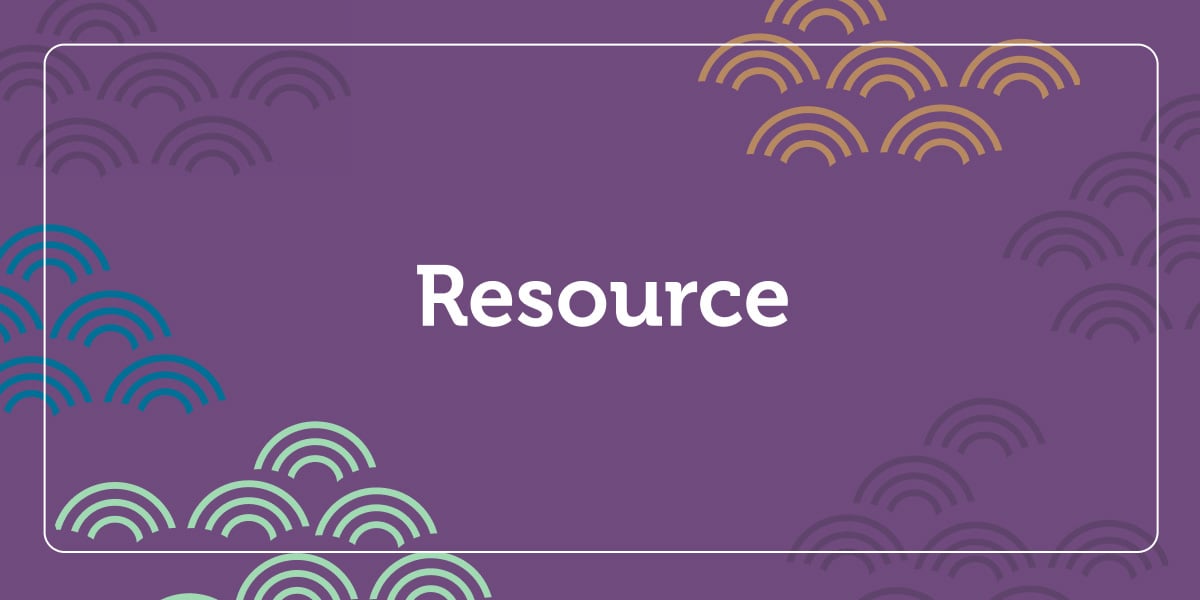As the number of dual-language learners in preschool classrooms continues to skyrocket, teachers and administrators are facing the unique challenge of meeting the linguistic, social, cognitive, and physical needs of children who are adjusting to both a new country and a new language. Often, these young students are beginning to learn English while still learning more about their native language.
In her book, Many Languages, One Classroom, author Karen Nemeth addresses some of the most pressing questions asked by early childhood educators about teaching dual-language learners. Karen Nemeth offers up several strategies designed to help teachers and administrators support the education of both English-language learners and native English speakers at the same time.
- Extend learning by maintaining themes for days at a time. When children begin to learn English, they struggle to make connections between objects/concepts and the words we speak about them. If you are doing an activity around water and fish – the child may understand some basics. If you come in the next day and start talking about magnets–nothing from that children’s learning day before will be of use, and he will be back to square one trying to learn the words and concepts you are teaching. Themes or projects contribute to the scaffolding of learning the new language and encourage content learning even while the child is not sure of the new language.
- Use key word lists for each theme. Create and use these lists to learn relevant vocabulary in each child’s language. Do not be intimidated–it is easier than you think. If you are embarrassed to try to pronounce new words, just remember how much more embarrassing it is for a little child who can hardly communicate at all and sees no evidence of his familiar language while he is away from his family. Add the children’s languages to classroom labels, and color code them so English is always in one color, Spanish a different color, and so on. Also use these keywords to introduce important words in English.
- Repeat and emphasize important words in English. Teaching children from different language backgrounds requires teachers to be intentional in their speech. Dual-language learning (DLL) children learn best when they hear simple vocabulary and short sentences. Try to use the same terms consistently for important things you really want the children to learn.
- Whenever possible, include visual aids as part of communication. Create a daily schedule with photos. Use more props and pictures. Point directly to pictures or objects when referring to them. Keep in mind what would help you if you were in another country where no one spoke your language.
- Use body language, gestures, facial expressions, and American Sign Language to augment your communication with DLL children. The most important thing is to take time to look the child in the eye, to focus on your interaction with him, and to show that you really care about the interaction. Not only will this help the DLL child understand you, but it also models for the other English-speaking children how to communicate with more than spoken words when playing with their DLL friends.
- Make adaptations all around the classroom. Having a few dolls of different skin tones, or a pair of maracas on the shelf does not make a fully multi-lingual/multicultural classroom. There should be models for each child’s home language and culture in each area of the classroom.
- Narrate play and activities. Be more verbal throughout the day. Use purposeful language to capture those teachable moments when the DLL child shows interest. Help children make friends across language barriers by interpreting and describing the action until they begin to understand each other.
- Use the talents of your bilingual staff, volunteers, family members, and children. Adults who know a child’s home language should engage in rich, interesting conversations with that child. It is a sign of a high-quality program when all bilingual staff members are using their language to foster learning rather than just using it for classroom management.
The material for this post was provided by Karen Nemeth and excerpts from her book, Many Languages, One Classroom. For more tips and techniques for preschool teachers teaching dual and English language learners, purchase your own copy of Many Languages, One Classroom. ¡Hasta luego!
Brianna Blackburn
A graduate of Western Carolina University with a BA in English, Brianna served as a marketing and editorial Intern with Gryphn House in the Summer 2018.

